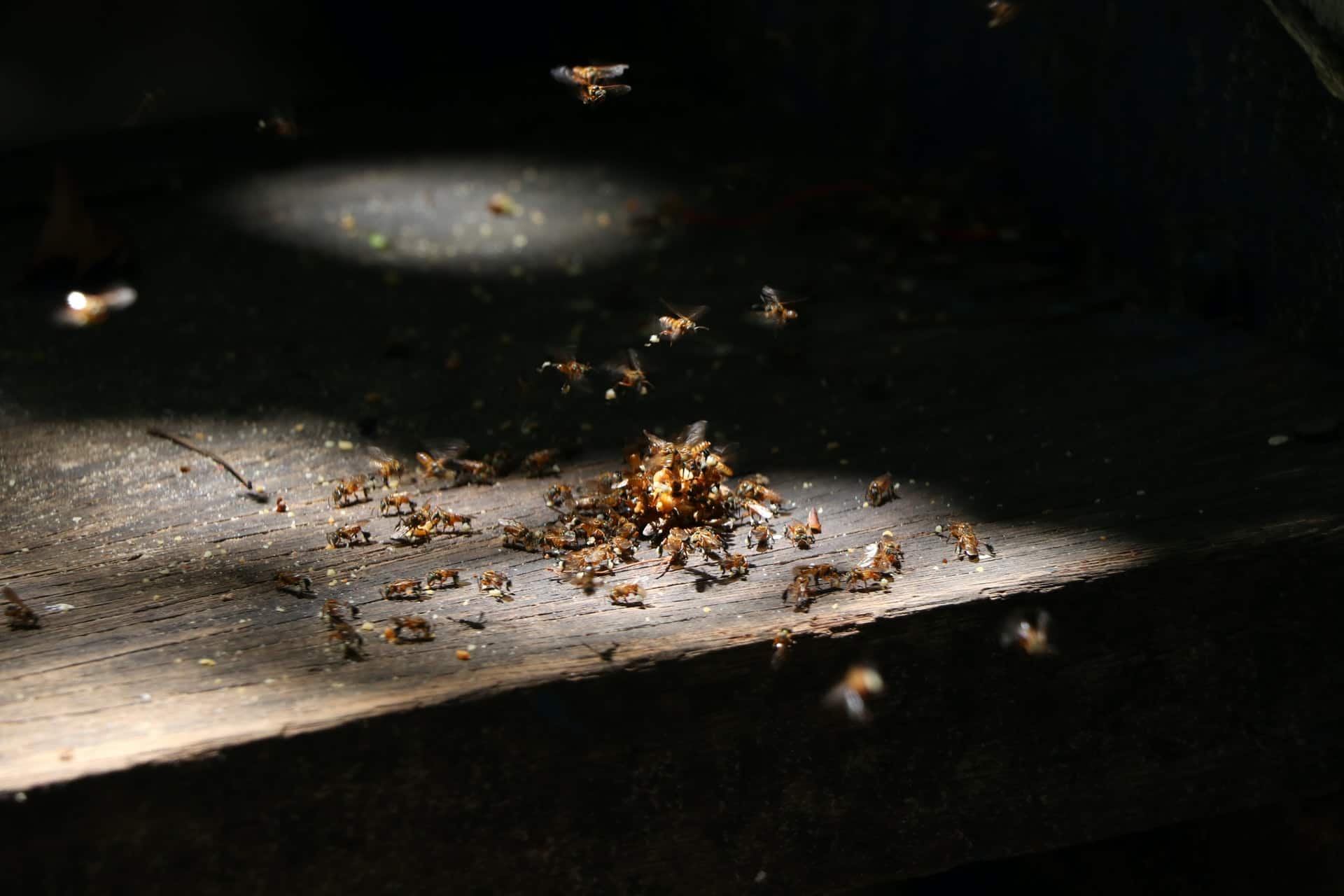Termite inspections should be something that homeowners regularly have done for their homes. It’s also important to know how exactly these termite inspections go. Read on as the experts from Pest-Ex Pest Control Gold Coast share some valuable tips that may serve as your easy guide.
Visual inspection
Once you’ve called the termite service, they will come to your home and begin with a visual inspection or examination. They’ll begin with the outside of the home or the property. They take a look at the outside of the walls, the edges, the brick veneers or slab edges, the fences, the steps of stairs or any steps, landscaping timbers if there are tree stumps, among other things. Anything that has contact with the ground, they take a look at it.
They do this to check whether there is any evidence of termite activity or damage, which can then give them information as to where they could have possibly entered the home.
If evidence of termite is found, for example in a tree stump, it will be pierced with a knife or anything similar, like rodding tools like a screwdriver or a small pick, to pull back the mud trail and see the termites that are possibly inside it. The goal for this is to check whether the termite activity is old or whether it’s live.
Termite inspection services follow the standards created by Standards Australia in 2018, which makes the companies to first do a first inspection that’s not intrusive. Only when they know for sure that there are live termites, that’s the only time when they will do a special-purpose inspection, where they will use a camera or radar technology. This is so they can see just how bad the problem is and know exactly what type of termites they’re going to be working with.
Exterior inspection
Once there is evidence of termites are found, they then take a look at the outside of the walls or the property. This is to check the possible points of entry of the termites to the home. Usually, there will be a mud trail or tunnel, which is where the termites will have entered the home through a weep hole or a brickwork crack of the outer wall.
Interior inspection
There are places or areas where an external inspection would not work, however. An example of which would be high-moisture rooms like a bathroom. There may be termites in such an area, but won’t be able to tell without inspecting it internally.
For the interior home or property inspection, they make a note of and take a look at any moisture incidences. To be clear, there is a difference between termite activity and water leaks, which is why we always ask the homeowners whether there have been any leaks in the kitchen, the bathrooms, the vanities, or anywhere in the house, in recent time. They then use certain devices to scan for evidence of moisture in the walls of the home so we have to know whether there is prior damage to make sure there are no false readings.
They walk around the home, very slowly, going clockwise from the other side of the home to the other. What they usually do is tap the window frames, door frames, skirting boards with a donger. If there are termites in these spaces, it would show because they would eat up all the would and only leave the external paint. If their donger hits damaged wood, the sound of it would be different, which would mean that it’s a hollow area that has termite damage.
With regards to the moisture scanners, termites have mud or a mud-like discharge when they’ve eaten wood, which would make moisture an indicator of them being present. Sometimes, it happens that there would be termite damage found through the donger, but there would be no moisture evidence. This would then mean that it is an old termite infestation.
Australian homes, around 80 percent of them, usually have infill slabs between the wall and the floor. This is an area where termite activity happens because they go into the home between the brickwork and internal slab or underneath the brickwork.
A Termatrac sensor is what they use to scan the areas that are being inspected. It works similarly to how a heart rate monitor does. Once the blue line flickers as a wall is scanned, it shows that there is a movement behind it. That sign of movement confirms that there is a live infestation there. If no movement is detected, that means that there are no termites and the assumption would then be that the moisture there is not due to termites. The areas with abnormal readings are then dotted with marks.
After the external and internal checks, and after all the areas are marked, the roof is then checked. These checks include the frames, roof trusses, and top plates, as is required by Standards Australia.
All these inspections would usually take anywhere from an hour to an hour and a half.
Termite activity detected
Once all of that is done, the inspectors would then go back to the areas they have marked and cut small access holes, with permission from the homeowners. This is so that they can see what type of termite there is in the home.
The inspectors with them give you a digital report to reveal what they have found, along with the treatments that they recommend.
If you are interested in having a termite inspection for your home, call us. The treatments that would be recommended would be long-lasting, usually for up to eight years, due to our use of Termidor, which is a very effective termite control product in the industry.
